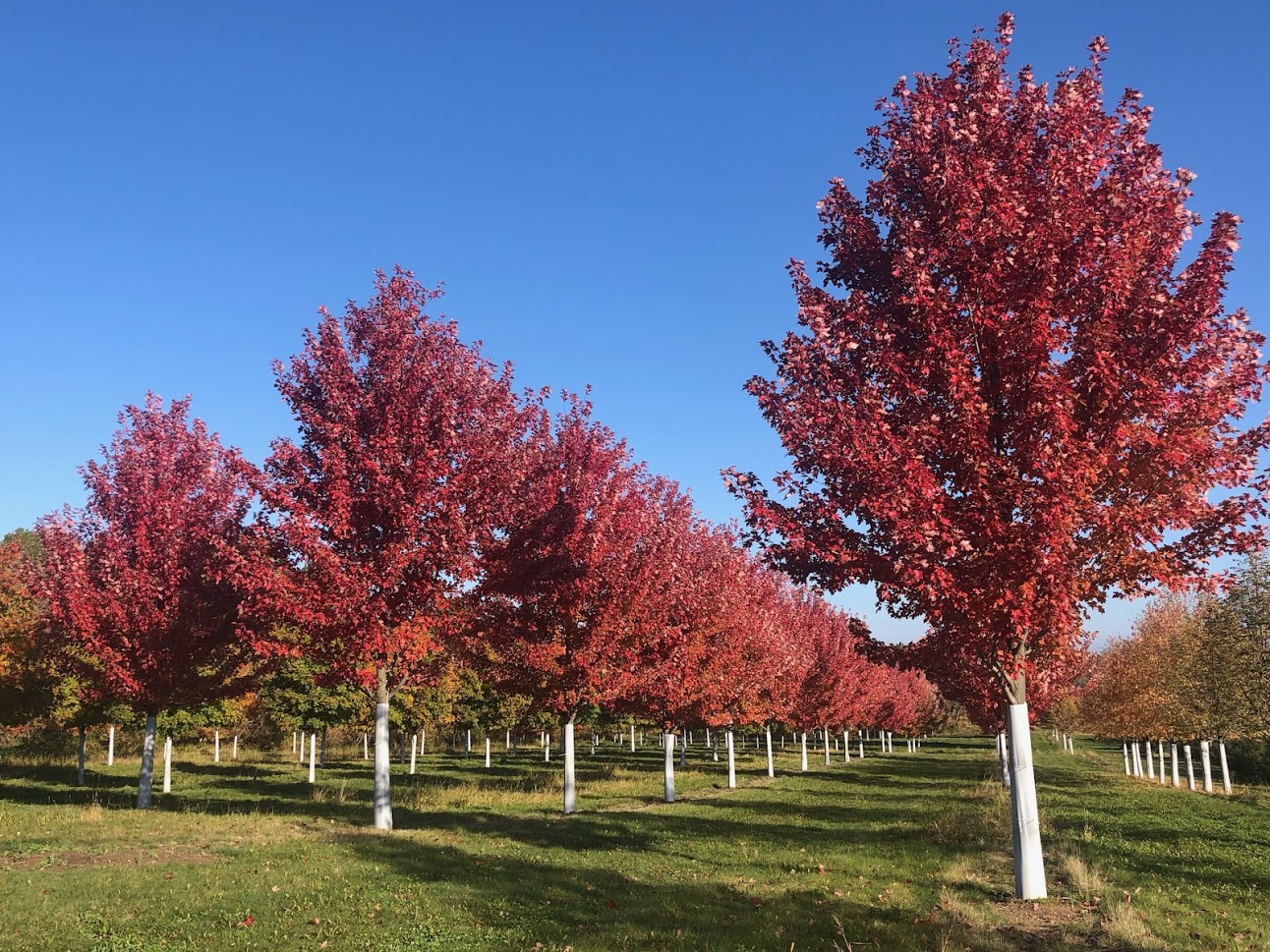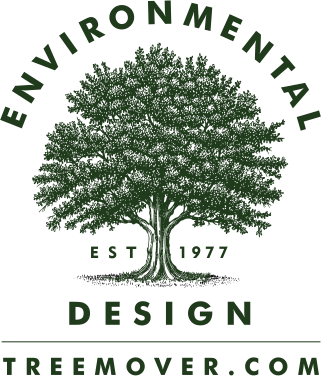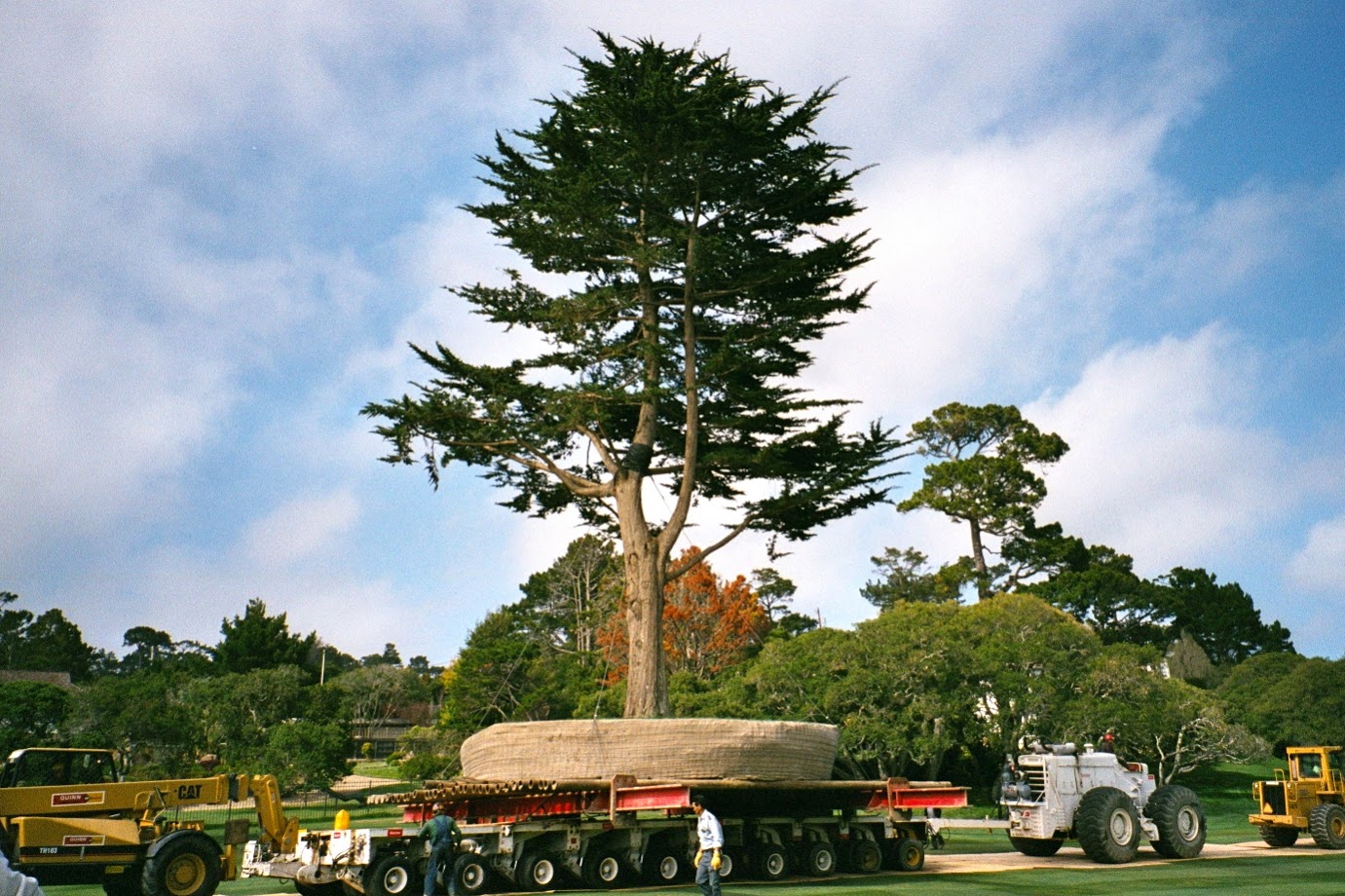What Do We Consider When We Move Trees Across Long Distances?
We have moved large trees across many miles to plant them for commercial or residential projects. We have planted trees and specimen trees in Houston, South Carolina, the Dallas metroplex, Texas, and Las Vegas in Nevada, among other destinations.
When we plan the transportation of a tree across long distances, we have to make sure the trees we move will thrive in their new location. This requires us to take into consideration many factors: the actual trip, where the trees will be planted, the hardiness zone of the area, soil quality and composition, and even sun exposure.
Besides moving trees for our clients, we also grow trees for projects and move them around the country to their designated location. As tree movers, our aim is to transplant trees and reposition them to help them grow to their optimal height and size.
We have been moving trees for over 40 years and know how to plan the journey of a tree in a way that maximizes the chances of a successful transplant and relocation.
Moving Trees: the Journey
When we move trees on trucks or other vehicles, we must carefully plan the itinerary beforehand. Our trucks are heavy and tall. That means we have to make sure they can pass under bridges and through underpasses, as well as over bridges. Some lanes, for example, can be too narrow for our trucks to pass through. We have to find an alternative itinerary to reach our destination.
Additionally, if we are moving a very tall and large tree, we may need to consult with local authorities to make sure the truck and all the equipment don’t bump on traffic lights, electricity lines, and other utilities. We must also make sure that the road is clear for our truck to move and make turns.
That is why sometimes an itinerary can take weeks, if not months, to plan and organize before undertaking the trip.
Hardiness Zones
When moving trees, especially if we are transplanting an existing tree, we have to ensure that the hardiness zones between the two areas match. Hardiness zones refer to the lowest temperatures an area reaches in winter. Many trees that thrive in Florida, for example, will find it very hard to survive in North Dakota. Similarly, a tree that is accustomed to the hardiness zones found in Michigan could be in severe shock if transplanted in southern California.
As tree specialists, we respect tree integrity and make sure the trees we transplant will survive the climate conditions of their new location.
Soil Composition
Some trees are drought-resistant once mature, while others prefer consistent watering or rainfall. Certain trees will thrive in any soil: they are versatile and happy to grow in the poorest of soils. Other trees, however, have special requirements. For example, they may need their roots to be constantly kept moist or may require acidic or alkaline soil.
In some cases, we may be able to amend the soil to match a tree’s preferences. As a rule, however, it can be difficult to amend the soil for a whole tree, let alone for several trees. Eventually, the roots may outgrow the area where the soil has been amended and find the old soil—soil that may not match their needs.
That is why we employ tree specialists to help us evaluate the quality of the soil and ensure the trees’ well-being. When planting or transplanting trees, our tree specialists analyze the soil composition and quality and let us know whether the new trees will adapt to the conditions in their destination.

Sun Exposure
While some trees will happily grow in semi-shade, most trees like full sun exposure. A tree that enjoys day-long sun exposure will want the same conditions in its new location. If we are transplanting a tree from an existing location, we have to ensure that the sun exposure is similar in the new location, otherwise the transplant shock may be significant.
Even when we plant boxed trees, we follow the guidelines set by arborists and plant them in positions that suit their needs.
Tree Location
Tree location is crucial. You can’t keep moving trees around: when we move a tree across long distances, our aim is to provide a long-term location for it. That means taking into account the surrounding buildings, other trees, roads, utilities, and other facilities that might inhibit the tree’s growth.
We don’t want the tree to undergo another replant: remember that a tree might need up to five years to overcome transplant shock, so it’s best to avoid submitting a tree to this challenge more than once in its lifetime!
Environmental Design Inc. Are the Tree-Moving Experts
We have offices in Texas, California, and Minnesota, and have been moving trees across the United States and abroad for the last 40 years. We have even arranged for a tree to be moved on an island where part of the journey was on a ferry. Contact us today at (800) 376 – 4260 or visit Environmental Design Inc. online to discuss your needs and let us move your trees and replant them to a better location!




Recent Comments